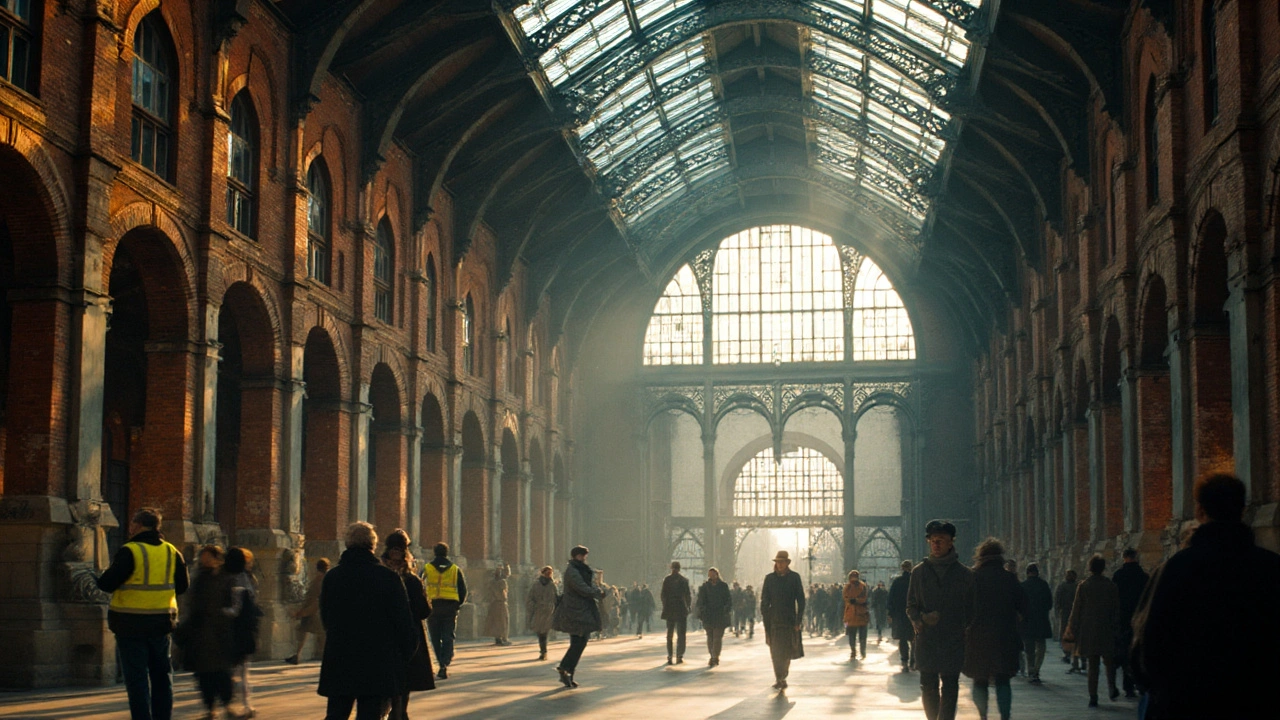Why Gothic Revival felt like high-tech before high-tech: the elements, engineering logic, and how to use it today without turning a building into a costume.
neo-Gothic Architecture: What It Is and Why It Matters
If you walk past a building with pointed arches, tall windows, and stone details, you might be looking at neo-Gothic design. This style takes the medieval Gothic look and updates it for newer eras. It first showed up in the 18th century when architects wanted to bring back the drama of cathedrals but with modern construction tricks.
Neo-Gothic isn’t just about copying old churches. It mixes the classic Gothic vocabulary—like ribbed vaults and flying buttresses—with newer materials such as cast iron or steel. That mix lets designers make lighter, taller structures while keeping the spooky, soaring feel that makes Gothic so recognizable.
Key Features You Can Spot Right Away
When you’re trying to spot neo-Gothic, look for these hallmarks:
- Pointed arches on doors, windows, and rooflines.
- Elaborate tracery—a lace‑like pattern in window glass.
- Steeply pitched roofs and tall, narrow spires.
- Ornamental stonework, especially around eaves and entrances.
- Use of modern materials hidden behind a historic façade.
These details give the building a sense of height and light, even if the interior is built with concrete or steel. The style also loves symmetry, so you’ll often see a balanced layout with a central tower or entry.
Famous neo‑Gothic Buildings and Their Stories
One of the most iconic neo‑Gothic pieces is the Palace of Westminster in London. Its famous clock tower (Big Ben) and intricate stonework set the template for many later structures. Across the Atlantic, you’ll find the Smithsonian Institution Building in Washington, D.C., with its red sandstone and towering spires.
University campuses love neo‑Gothic too. The University of Chicago’s main campus, designed in the early 1900s, blends stone façades with modern interiors, giving students a historic vibe without sacrificing function.
Even modern designers borrow from neo‑Gothic. A recent trend is to add pointed arch motifs to glass façades or to use digital fabrication for intricate tracery. These projects keep the spirit alive while meeting today’s sustainability goals.
So, whether you’re strolling through a historic district or admiring a new office tower, you can appreciate how neo‑Gothic bridges past and present. It gives buildings a dramatic, timeless look that still feels fresh when you notice the details.
Next time you see a spire or a lace‑like window, ask yourself: is this a throwback to medieval cathedrals, or is it a modern twist on neo‑Gothic? Either way, you’re looking at a style that continues to inspire architects and lovers of beautiful buildings alike.

